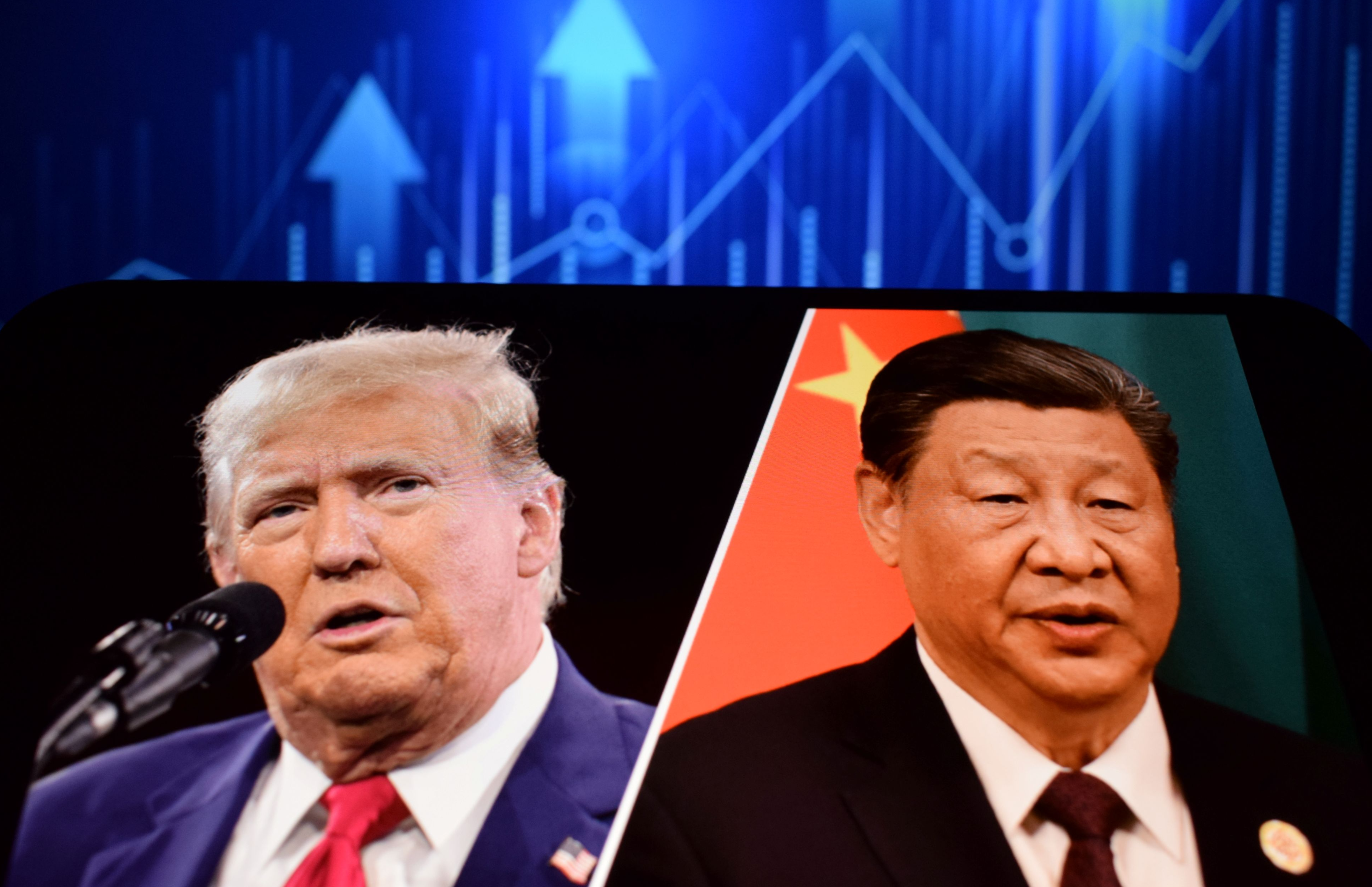China to suspend rare earth export controls for one year
News Analysis

30
Oct
2025
China to suspend rare earth export controls for one year
China’s Ministry of Commerce today announced it will suspend by one year the implementation of rare earth related export control measures originally announced on 9 October. The suspension is in response to the USA suspending the "50% rule of origin" for export controls, announced 29 September.
This development represents one of three key outcomes from the China-US economic and trade consultations held in Kuala Lumpur on the 25-26 October. The agreement, having received necessary approvals from relevant authorities in both countries, was formally announced following a meeting between Chinese and US leaders in Busan, South Korea.
This outcome underscores the interdependence of China-US economic relations and highlights the importance of strengthened cooperation in trade and related fields.
The 9 October announcement included six control measures covering rare earth-related technologies, lithium batteries, artificial graphite anode materials, and super-hard materials, originally scheduled to take effect on the 8 November.
Although the one-year suspension precedes the originally planned implementation date, the interim period has already caused significant disruption.
Many rare earth-related products have faced port delays as magnetic material exporters hesitated to ship without clarity on dual-use export licenses.
Companies holding valid permits opted to delay shipments over concerns about potential extraterritorial applications of US rules.
Major export-oriented magnetic materials manufacturers began considering shifting focus to domestic markets, potentially further squeezing smaller competitors' market share in the Chinese domestic market.
Rare earths have emerged as a pivotal element in this round of China-US negotiations. The positive news is expected to boost sentiment in the Chinese domestic market in the short term. Supplies of lower-price praseodymium-neodymium oxide have rapidly diminished, which is expected to see prices supported at higher levels and stimulate exports in Q4 2025. However, policy uncertainty in the longer term continues to create challenges for commercial operations globally.